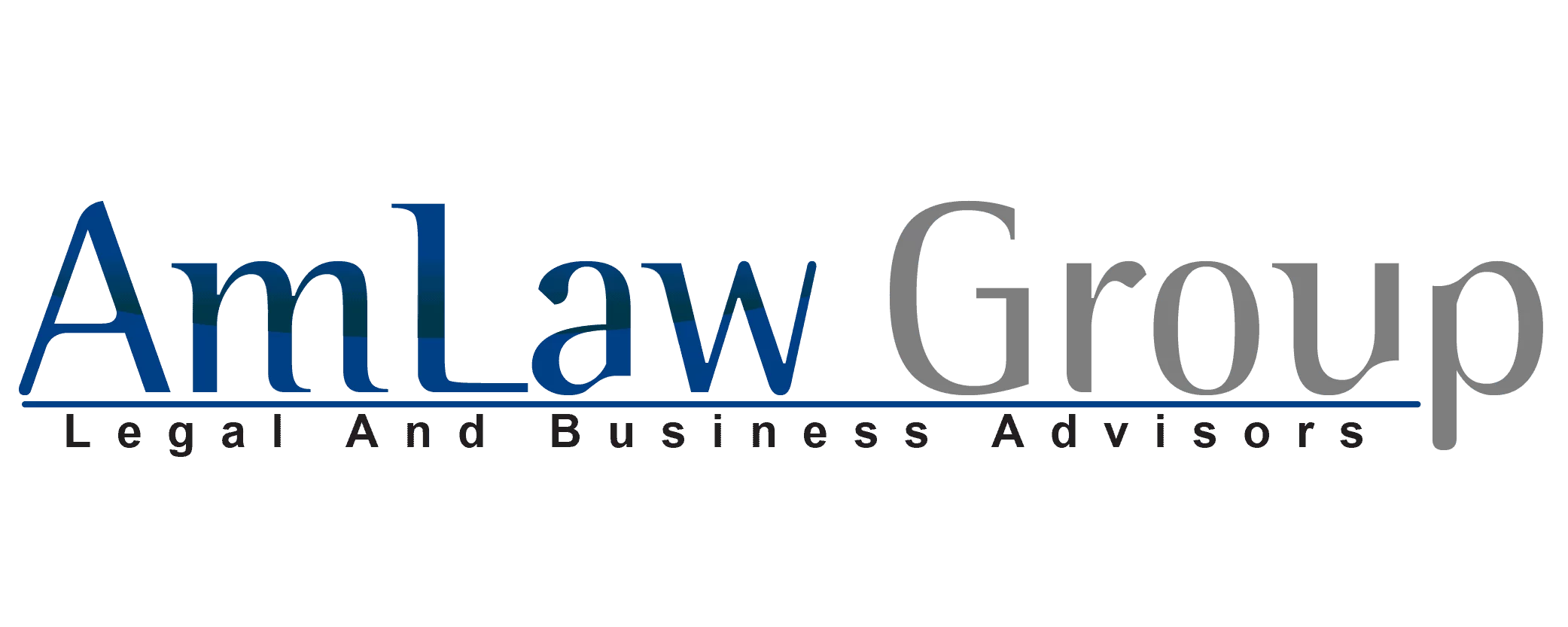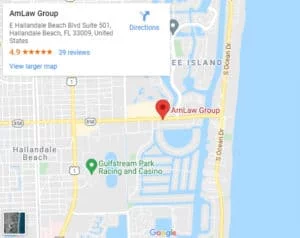What is the Required Investment Timeframe for EB-5 Regional Center Projects?
The EB-5 visa program offers a pathway to permanent residency in the United States for foreign investors willing to contribute capital to a job-creating U.S. business enterprise. One popular option for EB-5 investors is investing in a regional center project.
These projects are typically managed by a third party and pool investment capital from multiple EB-5 applicants. However, navigating the EB-5 program’s timelines and requirements can be complex, particularly regarding the investment timeframe. This article explores the key considerations for understanding the required investment timeframe for EB-5 regional center projects.
Program Stages and Investment Timeframes
The EB-5 visa program involves several stages, each with its own time frame. Understanding these stages is crucial for investors to plan their involvement effectively.
- I-526 Petition Filing: This initial petition establishes the investor’s eligibility and outlines their investment plan. Processing times for I-526 petitions can vary depending on current USCIS processing times as well as the location of the project. At the time of this writing, projects in rural areas are getting adjudicated in less than 12 months–in some cases even in a matter of months. Projects outside of rural areas are taking approximately 24-36 months, possibly even longer.
- Capital Deployment: The investor must invest their funds in the project prior to filing the I-526 petition and its approval. Some projects do allow for partial investments whereby the client might invest, say, 50% of the required amount just prior to filing the I-526, and the remainder being invested in 6 or 12 months. Most centers do not allow for partial investments longer than 12 months after the initial investment. How quickly the capital is actually deployed into the project depends on each project and the terms of the subscription agreement.
- Conditional Green Card: Upon successful I-526 petition adjudication and capital deployment, the investor receives a conditional green card valid for two years.
- I-829 Petition Filing: Prior to the expiration of the conditional green card (but no more than 90 days before its expiration), the investor must file Form I-829 to remove the conditions on their residency and obtain a permanent green card. A critical element of the I-829 petition is demonstrating that the investment created the required ten jobs. Another important consideration is the so-called “sustainment period.” The sustainment period refers to the amount of time that the investor’s funds are “at risk” in the project. USCIS has repeatedly changed its position as to how long the sustainment period really is. In the spring of 2024 USCIS revised its position once again and stipulated that the sustainment period is only 24 months (whereas previously it had claimed that the sustainment period was until the investor received his permanent green card or until the filing of the I-829 to receive the permanent green card). This most-recent policy position of 24 months is in fact very favorable for investors. However, at the time of this writing a lawsuit is pending challenging this 24-month period, and it is unclear if this latest iteration of the sustainment period will remain unchanged.
The EB-5 “Sustainment Period”
The EB-5 program requires that the invested capital create at least ten full-time jobs and that the funds be “at risk” in the project for a minimum period of time, which is often referred to as the “sustainment period.” This period is crucial for EB-5 regional center projects, as it directly impacts the timeframe for investors to obtain their permanent green card through the I-829 petition.
Determining the Sustainability Period:
USCIS over the years has repeatedly changed its position as to when the sustainment period ends. In its most recent guidance issued earlier in 2024, USCIS has clearly stated that the sustainment period is two years:
- Two-Year Minimum: As mentioned above, at the time of this writing USCIS has come out with a two-year period for the sustainment period. This aligns with the conditional green card validity period, although given the lines and periodic delays with the actual issuance of green cards, it’s theoretically possible an investor could get his money back prior to the end of his conditional green card (presuming all of the jobs were created within that time frame as well).
- Timing is Everything: Pre-RIA or Post-RIA Investor : The only bad news about the shortened sustainment period is that it only applies to investors who invested after enactment of the EB-5 Reform and Integrity Act of March 15, 2022. Therefore, any investors who participated in the program prior to that date would be subject to the old sustainment requirements, which required the funds to stay at risk at least until the filing of the I-829. Again, given the myriad of recent delays of USCIS in processing cases, this means that investors at a minimum would likely need to keep their funds in the project for five years–and quite likely longer. Much would depend on the timing of their particular project and adjudication timing of their I-526. The consequences of this mean that a Pre-RIA investor’s funds will likely be redeployed to another project, which generally raises a number of concerns for investors seeking to know in what project their funds will be redeployed to and for how long.
- Project-Specific Factors: The nature of the regional center project itself can influence the sustainability period assessment. For instance, construction projects might require a longer period to demonstrate job creation compared to established businesses. Therefore, just because the project could theoretically return the funds in as little as two years, it is unlikely that many developers will (or can) do so. Development timelines generally require a longer time horizon than just 24 months. Nonetheless, it is always of benefit to investors to have greater flexibility and the option to receive their invested funds back sooner rather than later.
Planning for the Investment Timeframe
Given the complexities of the EB-5 program timeline and the role of the sustainability period, careful planning is essential for investors. Here are some key considerations:
- Project Selection: When choosing a regional center project, prioritize projects with a clear job creation strategy
- Project Due Diligence: Conduct thorough due diligence on the regional center project, including its development stage, funding requirements, and historical job creation record (if applicable).
- Communication with Developer: Maintain open communication with the project developer regarding the project’s progress, job creation metrics, and any potential delays that might affect the sustainability period.
- Realistic Expectations: Be realistic about the investment timeframe. While some projects might offer relatively quick capital deployment and I-829 filing opportunities, others may require a longer timeframe, particularly if they are in pre-development stages.
- Professional Guidance: Consider consulting with an experienced immigration attorney specializing in EB-5 to navigate the program’s complexities and ensure a smooth filing process.
Beyond the Minimum Timeframe
While the minimum timeframe for the EB-5 regional center project sustainability period is generally now two years for those investing after passage of the RIA, it’s important to remember that this might not be the end of the investment journey for all projects.
- Project Delays and Extensions: Unforeseen circumstances can cause project delays, impacting the job creation timeline. In such cases, investors may need to request an extension on the conditional green card validity period to allow for sufficient time to demonstrate job creation. This extension process can add additional time to the overall investment timeframe. Therefore it is important to verify with your attorney prior to investing funds what extensions the developer has the right to use.
- Job Creation: The sustainment period presumes creation of the needed jobs during this period. Although it is quite unlikely, it is theoretically possible that the jobs might not be created during the two-year sustainment period. Most projects are structured such that the jobs are created at the front end of the project, but unexpected delays or issues cannot always be precluded. Therefore it is important to review the job creation projections to minimize any risks they might pose to the sustainment period.
Conclusion
The required investment timeframe for EB-5 regional center projects is not a fixed duration. Several factors, including project type, development stage, USCIS processing times, and potential unforeseen circumstances, can influence the overall timeline. However, by carefully selecting a project, conducting thorough due diligence, and working with an experienced EB-5 attorney to properly evaluate all of these factors, investors can approach the EB-5 program with a realistic understanding of the investment timeframe and take proactive steps to ensure a smooth path towards permanent residency.
Disclaimer: This article provides general information only and is not intended as legal advice. Please consult with our experienced immigration attorney for specific guidance regarding the EB-5 program and your individual circumstances.
Ask A Business Immigration Lawyer

Start your new future in the U.S. now!
Related Posts

Miami Office
AmLaw Group
1920 E Hallandale Beach Blvd Suite 709 Hallandale Beach, FL 33009
Copyright 2025 AmLaw Group - All Rights Reserved | Powered by Advantage Attorney Marketing & Cloud Solutions




